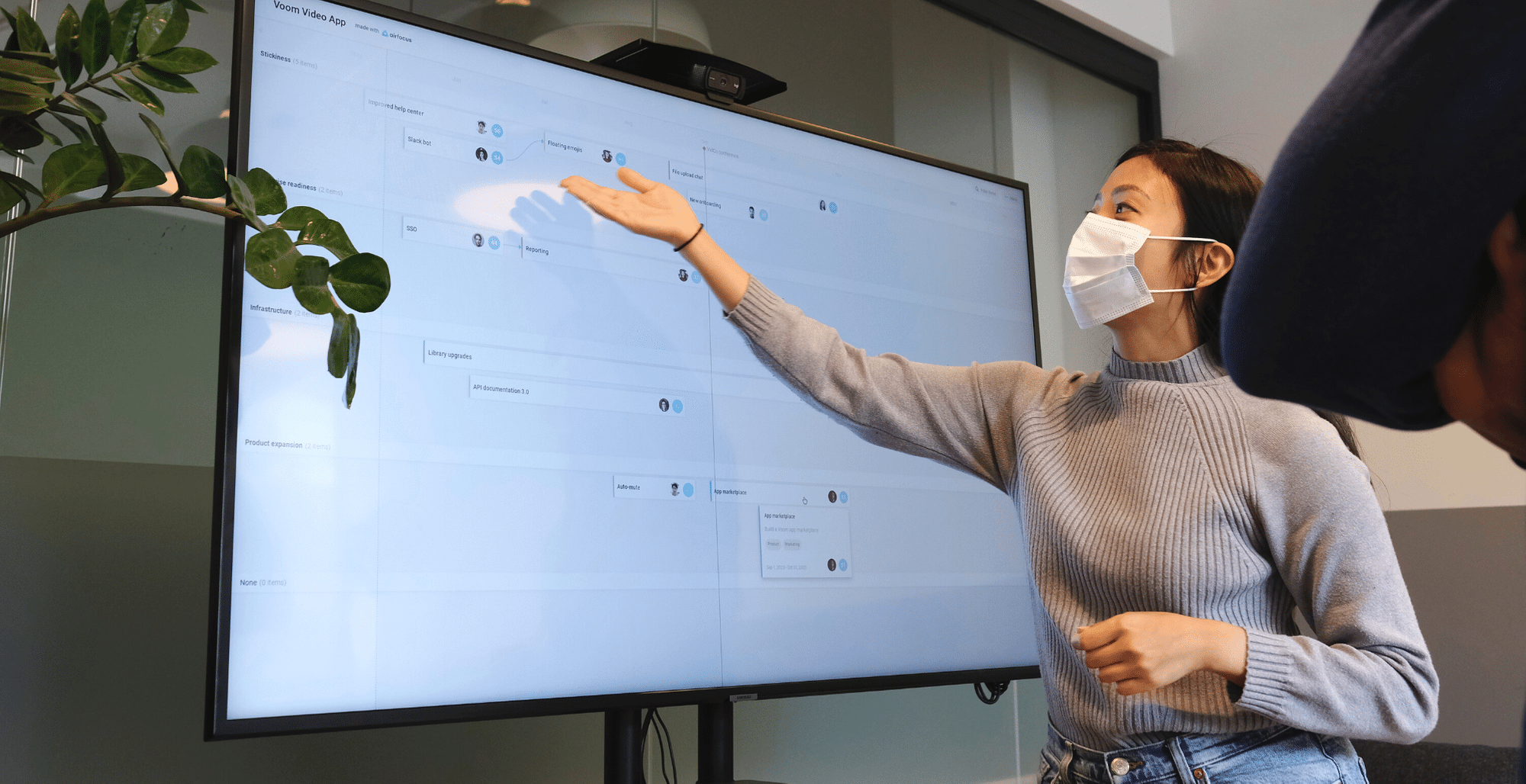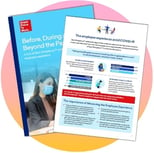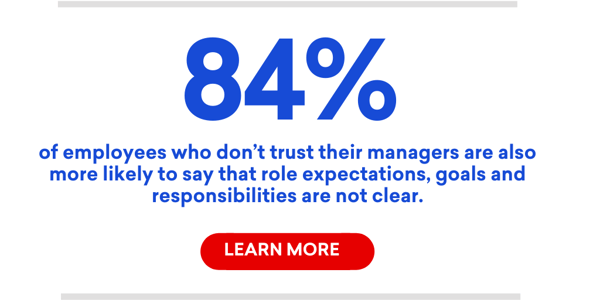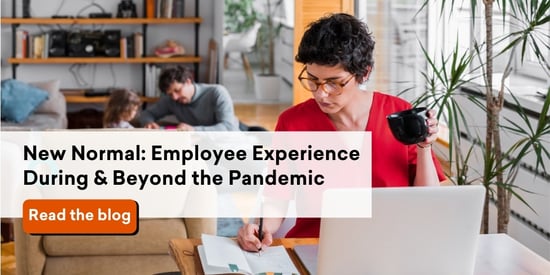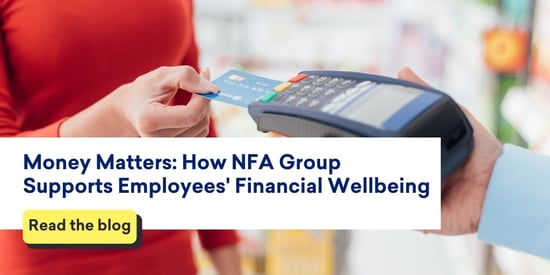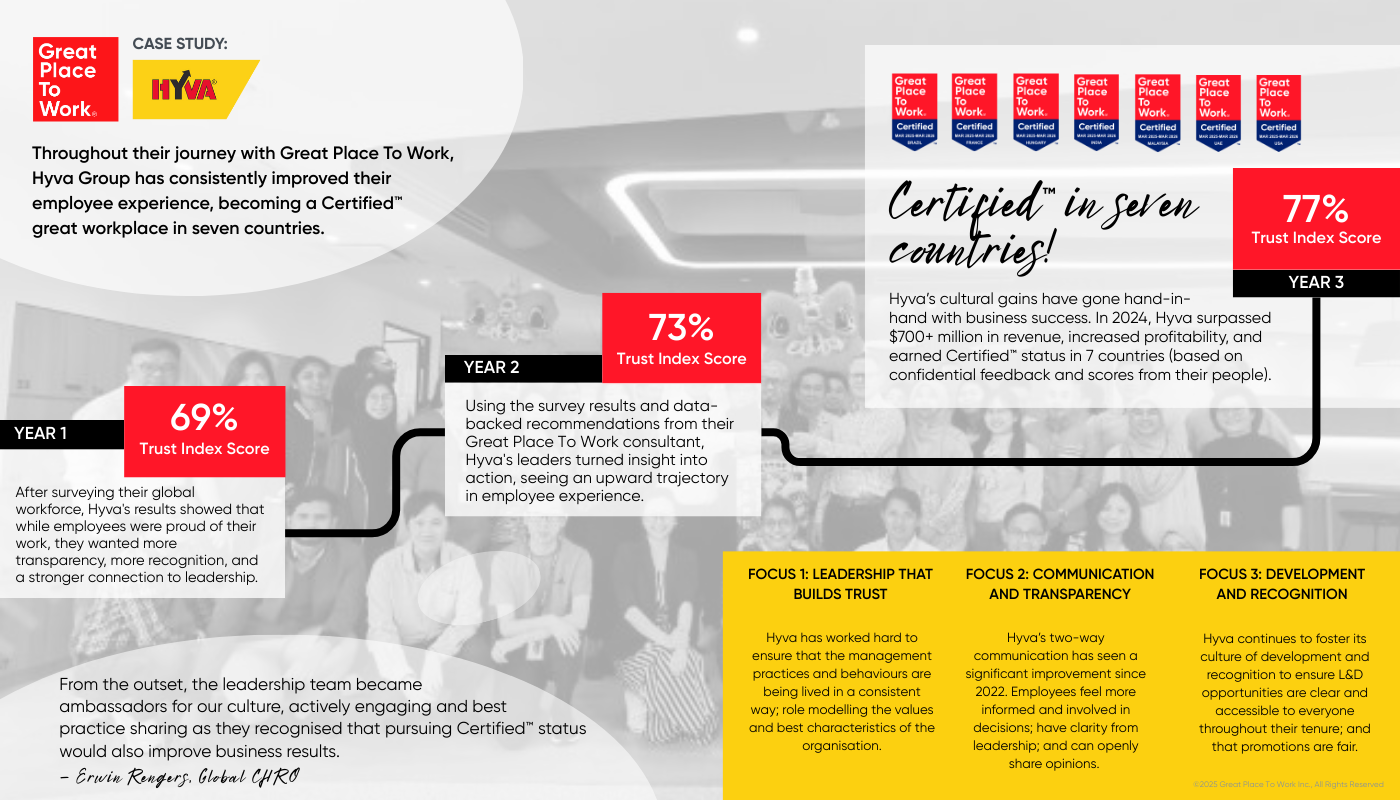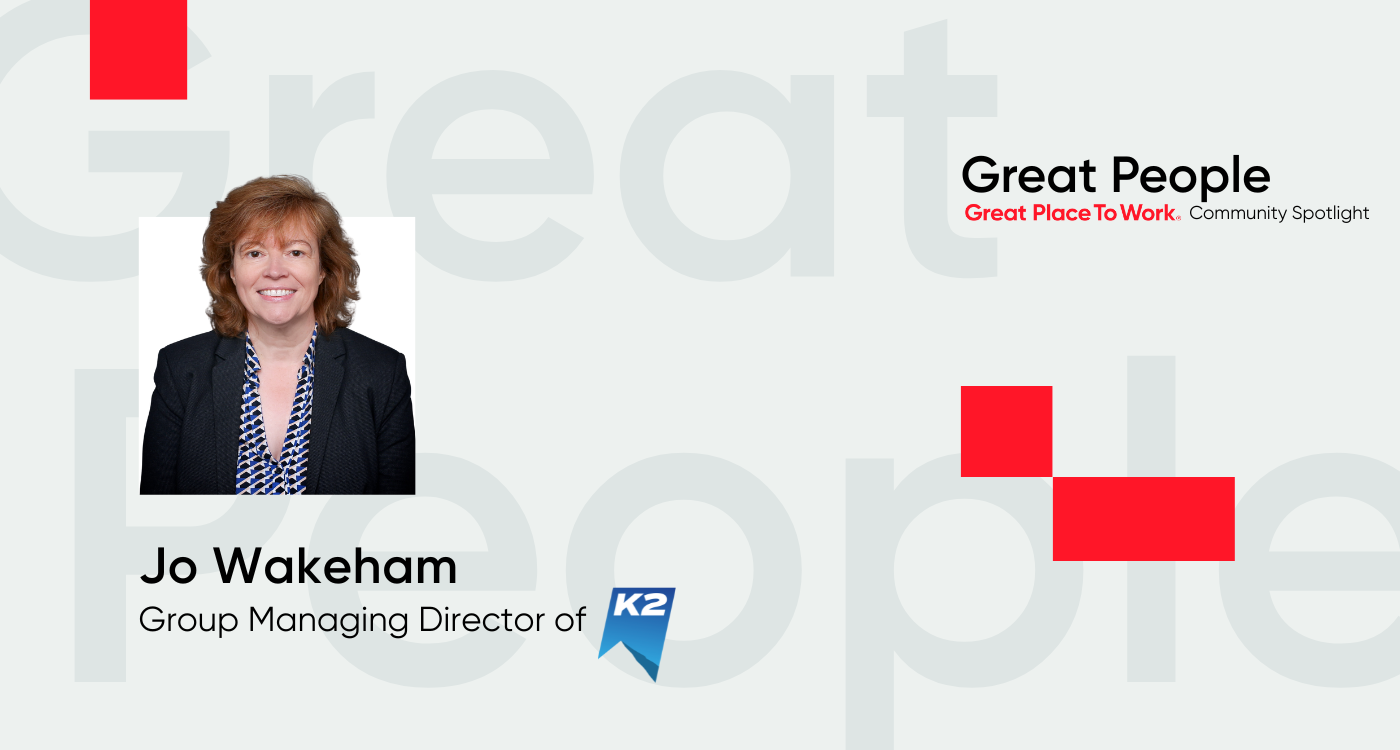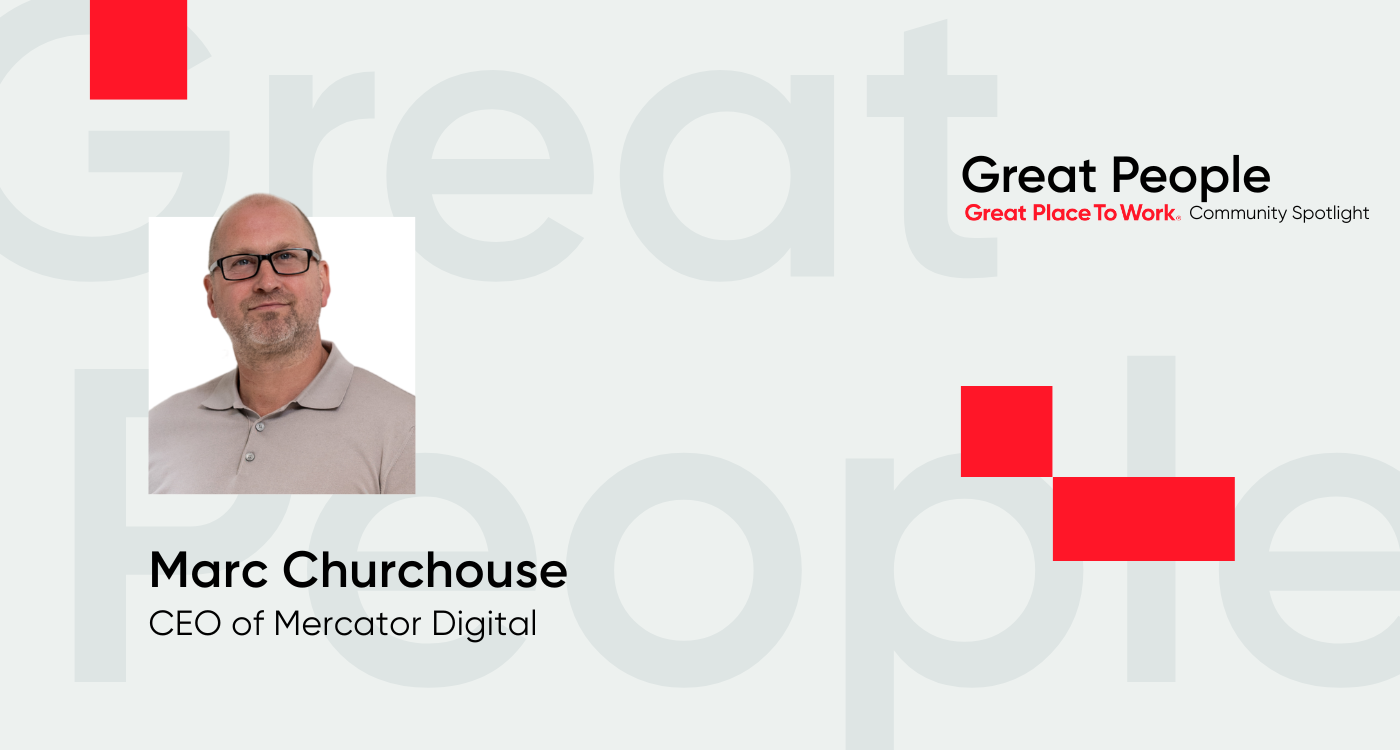Only asking employees about face shields and hand sanitiser stations in your return-to-work survey won’t help steer employees through the anxiety many are experiencing when thinking about their return to the office.
Employees’ concerns run much deeper than protocols. What's crucial right now is asking employees if they:- Trust their leaders
- Feel safe
- Feel supported in coming back to work
Those experiences will shift as quickly as the events in society, so asking thoughtful questions and listening carefully will be crucial consistent practices during and after the pandemic.
Beyond the Pandemic
Learn how companies voted as Best Workplaces™ are tailoring their employee experience to fit a post-Covid world of work.
Four key areas to include on your employee survey:
1. Social support and connections
Are people getting the support from their colleagues that they need? Do they feel isolated or still connected to everyone? To illustrate why this is so important for a successful reopening, let’s look at a recent experience I had in a beer garden.
I recently visited a brewery that had reopened their beer garden for socially distant gatherings. A sign at the entrance read:
“😷 Please wear a mask while not seated at your table. Don’t have one? We’re selling them. Counter service is closed at this time – we will serve you at your table. Let’s all do the right thing so we can continue to enjoy beer safely as we get through this!”
All servers were wearing their own personality-infused masks (including a unique Pac-Man one). Scanning the beer garden, every customer who wasn’t seated was wearing a mask – until something interesting happened….
A group of three arrived, all without masks. One person pulled up their shirt collar to cover their mouth as all three entered the garden. When a waitress – we’ll call her “Neeka”– politely asked them if they had brought any, they shrugged. Neeka then told them that they couldn’t order without a mask and appealed to her colleague behind the bar (call him “Dan”) who turned to Neeka and said, “Oh, it’s okay, just make sure you have one next time.”
The bad behaviour quickly spread. More customers walked up to order with their masks in their hands rather than on their faces. Some haphazardly hung them on their ears as they approached the ordering window. Poor Neeka. She had turned to Dan for support, but he contradicted her and put her in the uncomfortable position of being the “bad cop.” (And poor Dan. With stronger communication from management, he might have felt more comfortable enforcing the rules).
When employees feel social connection and camaraderie with their colleagues, these scenarios are less likely, and those following the regulations won’t be left feeling alone and unsupported.
In a high-trust workplace, Dan would have reinforced Neeka’s message and said, “Hiya, we’d really appreciate it if you’d kindly wear a mask.” When your employee survey asks employees how they feel about their team, you can gauge whether or not they’re going to do things like uphold new rules everyone will need to adhere to when back at work.
Two examples of survey questions you can use to measure social support and connections:
- To what extent do you feel can you count on your team to cooperate?
- How much does your workplace feel like a “family"?
2. Resources and support, inside and out of work
Employees need to feel like they have the tools to go to work and be safe, whether that's working from home or in an office, a retail store or a restaurant dining room.
Support also needs to extend beyond the workplace to employees’ personal and home lives, whether it is a parent worried about childcare or feeling anxiety over exposing their elder relatives to COVID-19.
Some survey questions to measure resources and support:
- To what extent do you feel supported to care for your responsibilities at home?
- To what extent do you feel financially secure for the next several months?
- To what extent do you have the time and tools to care for your family?
- What would the ideal hybrid working model look like for you?
3. Confidence and Clarity
Do your employees trust the intentions and ability of their leaders, resulting in a positive/optimistic view of the future?
Regular, open communication around what people can expect when back in the office; how managers will involve employees in decision-making; and reassuring people that it’s okay to speak up about their concerns and fears can go a long way to building trust.
Acting on feedback quickly and being transparent about what can and can’t be done will also help build stronger bonds between leadership and frontline workers.
When organisations put people first, employees will feel they can keep going forward because they know their employer is willing to make the necessary adjustments to ensure their safety – even if it loses them a little bit of revenue in the short-term.
Sample survey questions to measure confidence and clarity in leadership:
- To what extent does management involve people in decisions that affect their jobs or work environment?
- To what extent do you feel safe speaking up?
4. Innovation and influence
Do people feel involved in changes, or do they feel that changes are just “happening to them"? Employers need to measure if employees feel like their ideas are sought out and listened to. This is crucial for three reasons:
- You'll get better ideas as a business on how to respond to these challenges
- Your employees will be faster to adapt to them
- Employees will fundamentally regain a sense of trust and care because they feel like they have control and are a part of the solution.
That's going to make whatever you decide to do way more successful.
Example survey questions to measure confidence and clarity in leadership:
- To what extent do you feel like management regularly seeks your ideas?
- To what extent do you think management is competent in running the business?
Reopen, safely.
When employees feel safe and supported in the above four areas, they can make sure the business and its customers are too. As you can see, this really isn't as simple as, "Let me ask you about whether we need four or 40 hand sanitizer stations in the office.”
Your organization's COVID safety measures are only going to have a positive impact if people trust them.
Get in touch to learn more about our ‘return to work survey’ and our other offerings to help you tune into your employee experience.
Recommended for you
This feature has been adapted from the original article by Marcus Erb, Vice President of Data Science & Innovation at Great Place to Work®.
Great Place to Work® specialises in helping organisations build impactful workplace cultures. We are here to help support our clients during this period of uncertainty. If you are a client, please reach out to your Account Manager who can share the tools we have in place to enable workplaces to measure and understand their current employee sentiments. If you are not a current client, stay tuned to our blog posts, Twitter and LinkedIn for people practices, advice and thought leadership on how best to navigate this unprecedented time.
